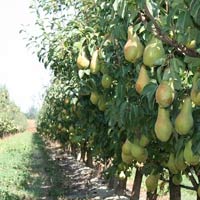☰
×
Register Access
- Company
- Products
-
Search by terrain and type
Search by type of cultivationSearch by type
-
Mulchers
-
Fixed rotary power harrows
-
Folding rotary power harrows
-
Fixed rotary tillers
-
Professional fixed rotary tiller and frangor
-
Folding rotary tillers and frangors
-
Side-shift rotary tillers
-
Automatic rotary tillers
-
BIO folding and fixed rotary tillers
-
Professional reversible fixed tillers
-
Fixed stone buriers
-
Folding stone buriers
-
Spading machines
-
Rippers
-
Accessories
-
Search by terrain and type
- News and events
- The latest news
- Contacts












































































































